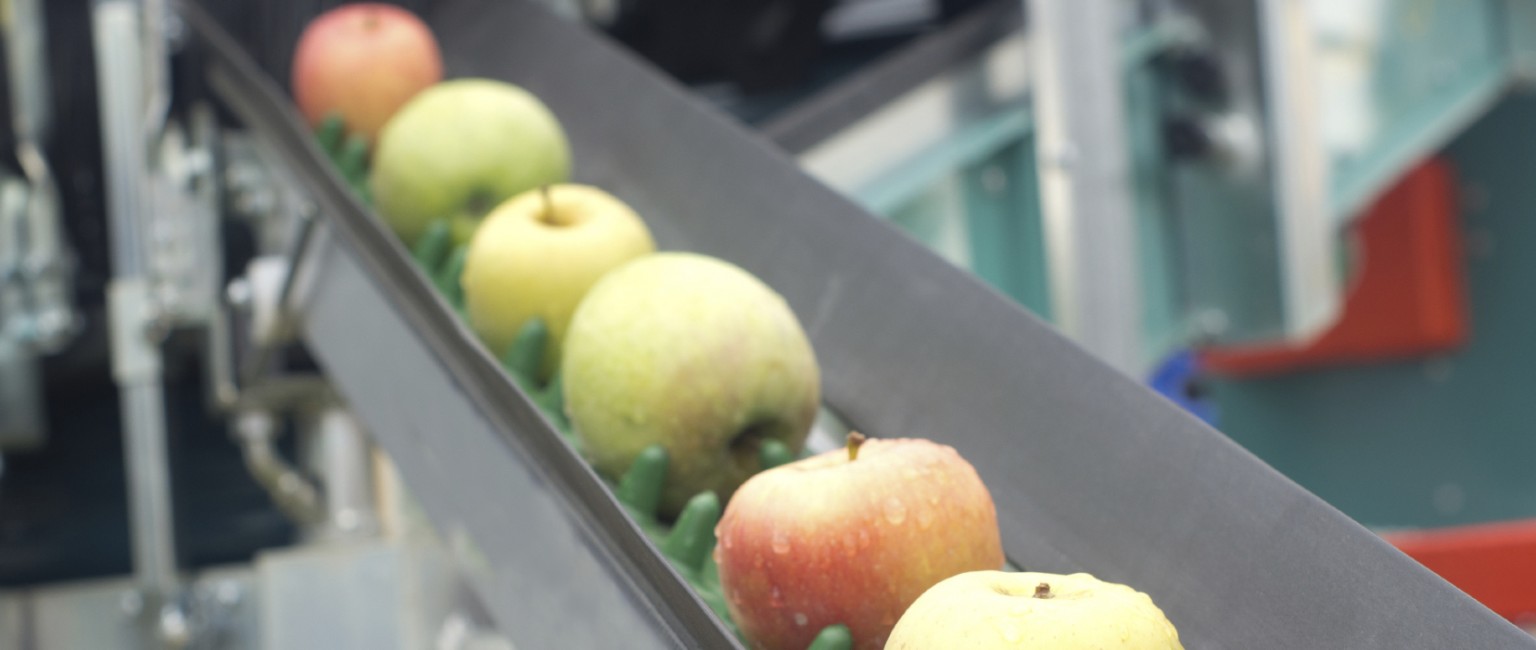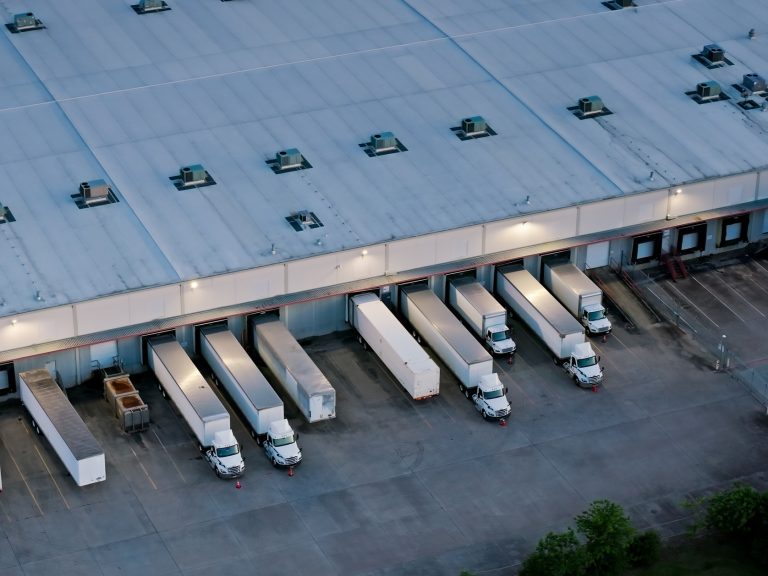What are 5 key ingredients for industrial investors in 2014?

Industrial real estate is being likened to “the new black” for investors.
As with the fashion world, trends come and go in commercial property – and last year the number of industrial sales was the highest since 2007 and the second highest on record.
JLL’s Industrial Investment Market Review and Outlook 2014 found there were transactions worth $3.3 billion in 2013, still significantly below the $4.4 billion in 2007.
But it also found there were some new entrants in the industrial market, drawn by higher yields than those on offer in the office and retail sectors.
JLL Head of Industrial Research, Australia, Nick Crothers says wholesale funds were the biggest buyers of industrial property in 2013, making up 34% of transactions by value.
“AREITs purchased 17%, followed by private companies and investors with 16% and developers and property companies with 12%,” Crothers says.
The JLL report says five key criteria will be central to investment decisions in 2014. They are:
1. Yield
The report says yields are likely to compress due to the amount of money looking for high yielding assets, the long-term re-rating of the industrial sector reflecting changing tenant and investor profiles, the spread to real bond rates and the wide yield spread between Australian and offshore industrial markets.
Read more: Yield: what is it and what drives it in commercial real estate?
2. Weighted average lease expiry
Investor groups that have lower portfolio weighted average lease expiry – or WALE – will seek to extend or enhance this, according to the report. It says they will do this by buying assets offering longer income streams. “As a result, longer WALE attracts greater attention as an investment decision criterion for those groups,” it says.
3. Scale
More and more groups are looking to buy scale in the industrial sector, which has a limited number of assets on offer. The report says there is a first-mover advantage in buying larger, stabilised assets, as they will generally be held for longer, rather than used as trading-style opportunities. “Investors have clearly taken notice of the scarcity value of large format investment product – nine of the total 13 investment sales above $40 million occurred in Q4 2013.”
4. Portfolio growth
Despite rising transaction volumes, the current investment market still presents a challenge for investors. “Less than half all sales in the past three years can be considered ‘opportunities’,” the report says. This is creating challenges for investors who have committed to growing their funds under management in the industrial sector.
5. Portfolio reweighting
Reweighting of portfolios by geography will be a particular challenge for investment or development businesses originally based in a single market. Most groups typically hold an overweight position in Melbourne or Sydney.
JLL’s Australian Head of Industrial, Michael Fenton, says a key challenge for investors this year will be how they spend capital to access product and build a portfolio “while meeting other challenges such as reweighting by geography, increasing portfolio WALE and finding higher yielding assets”.
“There are many opportunities for investors and developers in 2014 – target the asset creators or become one yourself, consider sale-and-leaseback options, investigate possible mispricing of risk in non-standard or specialised assets, aggregate secondary assets and look for private investors to sell in a strong pricing cycle.”







